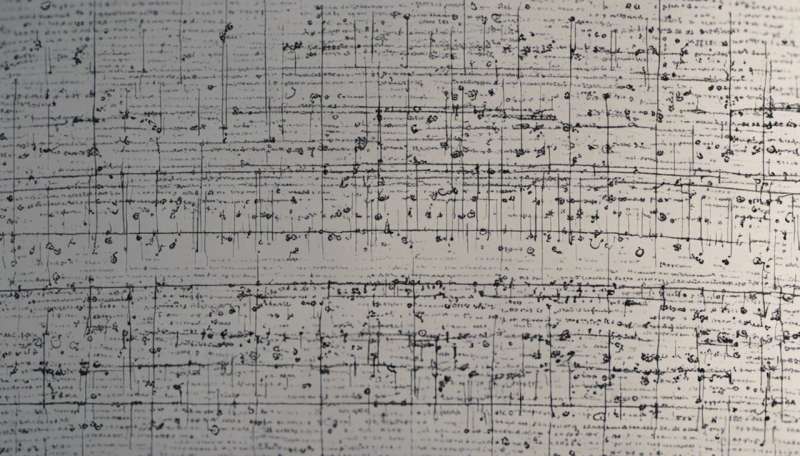Credit: AI-generated image (disclaimer)
Raman spectroscopy is an essential technique used in the study of materials – including nanostructures – and biological systems to analyse their composition. Its applications range from the medical industry to planetary explorations. Despite their popularity as a non-destructive, fast and efficient tool for the identification and verification of various substances, Raman spectrometers have historically been bulky and expensive. In an effort to make them smaller, affordable and capable of delivering actionable results, an initiative under the EU-funded IoSense project has developed a new system with an on-chip technology. It can be used to produce handheld scanners or even be incorporated into a smartphone.
A news release by project partner Interuniversitair Micro-Electronica Centrum (imec) states that existing handheld products in the market "fail to reach the desired performance for high-end applications largely because of the limited scaling capacity of conventional dispersive Raman spectrometry whereby scattered light is focused on a slit." It adds: "Scaling while maintaining high spectral resolution (< 1nm) means reducing the size of the slit which immediately limits the optical throughput. Thanks to a new concept for which a patent is pending imec has now been able to overcome this performance barrier."
The news item notes that "both high optical throughput and high spectral resolution can be reached in a miniaturized device," thanks to the "massive parallelization of waveguide interferometers integrated monolithically on top of a CMOS image sensor." It further says: "This novel system is built in imec's SiN [silicon nitride] biophotonics platform which guarantees robustness and compatibility with high-volume manufacturing."
Diverse applications
According to Pol Van Dorpe, principal member of the technical staff at imec, the areas where the new technology could be implemented include "food analysis, melanoma detection, or skin hydration. In the medical domain, we see opportunities for in-line measurements during surgery or endoscopy. And for space exploration, the ability to perform material analysis with a compact system is of tremendous value."
Raman spectroscopy, which uses the inelastic scattering of light falling on a material, is named after Sir Chandrasekhara Venkata Raman, the recipient of the Nobel Prize for Physics in 1930. The technique involves the analysis of vibrational, rotational and other low-frequency modes in a system. Light interacts with matter in various ways, transmitting through some materials, while reflecting or scattering off others. Both the material and the wavelength of the light have an impact on this interaction. Spectroscopy refers to the study of this light.
The IoSense (Flexible FE/BE Sensor Pilot Line for the Internet of Everything) project that supported part of imec's work was set up to develop "the base for increased manufacturing capacity for discrete and integrated sensors and sensor system solutions in Europe including design development and test for different key application oriented supply chains" as stated on the project website. IoSense targets several areas such as smart mobility society energy and health.
More information: IoSense project website: www.iosense.eu/
Provided by CORDIS
























